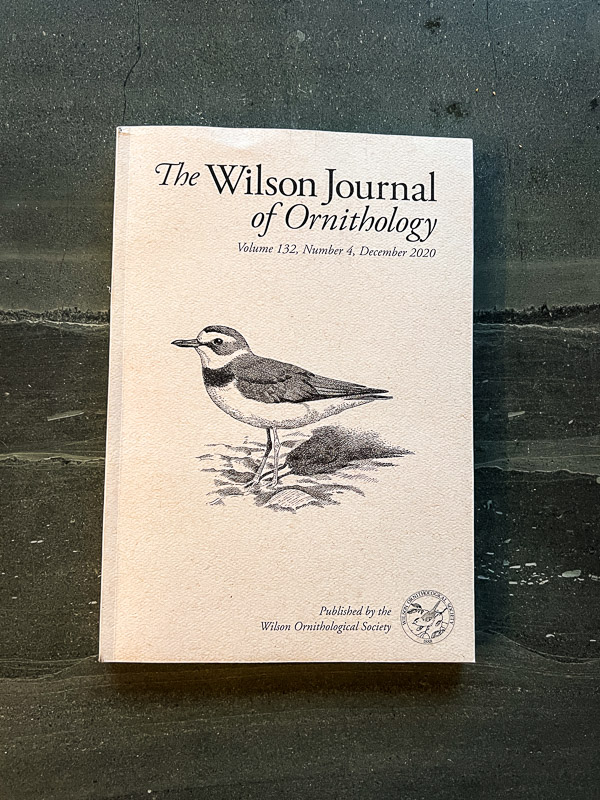Blog
Nov 23rd, 2021
How to become a better wildlife photographer in your own back yard.
Lessons learned in the value of photographing locally.
I’m often asked, “How do I get better at wildlife photography when I really don’t have much wildlife to photograph where I live?”
My answer: Birds! Found in every backyard! Get creative, Get disciplined, and… Just. Keep. Shooting.
We’ve all heard “Practice Makes Perfect.” So much so that it’s become utterly cliché and forgettable. We see life hacks and shortcuts in social media for everything from brick laying to parkour. But here’s the deal – there is simply no shortcut to photographic mastery. You have to shoot almost every day. And when you do, the results can be more rewarding than you ever imagined.
Listen, it doesn’t matter if you live in a natural wonderland like Big Timber, Montana or in the deepest inner city of an East Coast metropolis, you can always find wonderful, challenging, and inspiring wildlife to photograph. But just like in the wild, you must put in the time – time to practice, time to look, time to explore. Time to open your eyes and your mind to what lives around you, to unexpected opportunities, and… Just. Keep. Shooting.
One of the great passions of my life is leading wildlife photography workshops and tours. But I’m not in a National Park or in the backcountry every day. So, what do I do to stay sharp in the meantime? I photograph the wildlife that lives around me. Birds being my favorite! Birds are a challenging photographic subject and if you are a good bird photographer, I guarantee you will be a good wildlife photographer.
In 2017, I was out exploring some back roads by my home. I was specifically looking for active cavity nests to photograph. I love photographing bird parents bringing in food to their insatiable young and then quickly exiting the cavity to find more food. I found a Narrowleaf Cottonwood tree nearby my home where a pair of Lewis’s Woodpeckers were nesting and excitedly started photographing. I shot them for three straight days until the young fledged.
Upon reviewing the images that I obtained, I observed that one of the parents was delivering what looked like a tiny nestling bird to feed its young. Intrigued, I pulled out the field guides and learned the following about Lewis’s Woodpeckers:
They are not like other woodpeckers. The males and females look alike. They fly like a crow, forage like a flycatcher, don’t make loud calls or drum. They eat insects and berries which they like to cache on the flat top of a broken off tree. Often, they will tenderize it by pounding it against the flat tree top. They are inefficient cavity makers and so prefer very rotten trees that are easier to excavate and thus they often nest in the same cavity year after year.
Nothing about robbing nests or feeding embryonic birds to their young. Since there was a good chance that they would reuse the same tree or cavity, I made a note to check on them the next Spring.
I have now gone back every Spring, 4 years in a row to the same tree, getting new, wonderful photographs and newly documented behavior. During this time I utilized a Canon EOS-1D X Mark II or a Canon EOS-1D X Mark III DSLR with focal lengths ranging from 500 mm to 1200 mm. I captured almost 40,000 images of the adults as they arrived at the nest with food.
What I discovered was incredibly rewarding and as it turns out, also of considerable scientific value. As you can see from the photos, nestling passerines were indeed on the menu! In fact, when tallied I found these deliveries comprised almost 12% of all the food brought to the nest. This had never before been documented in Lewis’s Woodpeckers.
My study was simple, local, and required minimal planning. But because I took the time, exercised discipline, and carefully documented what I saw, I was able – for the first time, actually – to provide clear evidence that not only did these birds feed their young the nestlings of other birds, but that they did so in what appeared to be a well-established foraging pattern.
I submitted my findings to The Wilson Journal of Ornithology, and with the help of Jeff Marks and Victoria Saab, it was reviewed, accepted, and was published in the December 2020 edition.
Bottom line: Just. Keep. Shooting. And don’t ever think your there’s no value to shooting your immediate surroundings. You’ll become a better photographer, a keener observer, and who knows, you might even contribute to greater understanding of the wild animals around you.
Five Reasons Why I Shoot in Manual Exposure Mode
Recent Entries
- How to become a better wildlife photographer in your own back yard.
- Five Reasons Why I Shoot in Manual Exposure Mode
- Capturing Winter Wonder
- The Artist’s Eye
- Icy Dispatch
- Blogging the Blog - National Wildlife Week
- Bison Behavior and Survival
- Winter Highlights Report
- Coyote Climbs Tree and Steals Bobcat’s Duck!
- Bobcat!
- Hoodoos, Vines & Lost Boys
- African Sky

